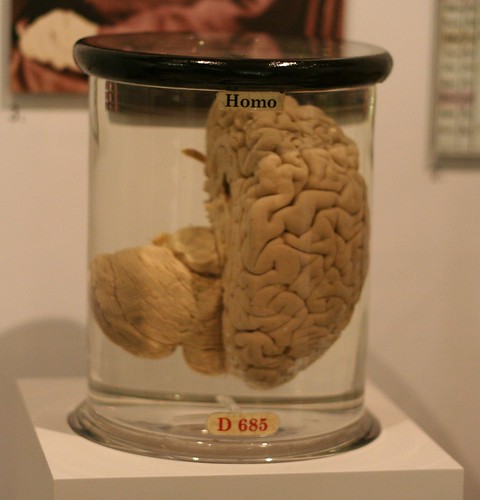
An article recently published on the BBC website (link) caught my eye last week, and not just because I’m a sucker for cute kitties. It appears that researchers from the Mayo Clinic in Minnesota have developed a reliable method of transferring new (non-feline) genes into unfertilised cat eggs. Amazingly these modified egg cells, once fertilised, can go on to produce kittens which express these new genes throughout their bodies!
For this post I thought it would be interesting to give a bit more detail on this research addressing the hows and whys of these fluorescing felines.
So…why cats, why green and how can this help us understand and hopefully treat AIDS?:
Cats are not the first animals to be modified to glow under UV light, indeed some of you might remember similar articles from the late 90’s showing pictures of glowing mice. This green glow is the product of a jellyfish gene which has been artificially inserted into the animals own genome. Once this gene is established it creates a protein (Green fluorescent protein or GFP) which, when exposed to UV light, emits a green glow.


Of course there is more to this research than just making animals glow! GFP is often inserted into cells along with another gene of interest, in this particular article that is a gene which provides resistance against FIV (feline immunodeficiency virus). The GFP provides a quick and easy way of finding whether or not an experiment worked, i.e. if the cells glow green they have taken in the new genes, however if they do not glow they probably have not.
The insertion of new genes throughout the body of an animal, as seen here, is not easy to achieve. In fact, this study represents the first time this method has been successfully used to genetically modify not only a cat but any carnivore. The key to its success appears to be the way researchers inserted these new genes. In brief; the genes were injected into unfertilised cat oocytes (egg cells), which were later fertilised and allowed to develop for 7 days. If after 7 days these developing embryos glowed green they were transferred to a surrogate mother, who later gave birth to the modified kitten.

The cat has been chosen as the subject of this study, in favour of other more common laboratory animals such as rats and mice, since cats are susceptible to infection by FIV. FIV is a virus similar in structure, genome and symptoms to HIV (human immunodeficiency virus), the cause of AIDS. Although HIV and FIV are not identical and cannot pass between species, their similarities are great enough that advances in our understanding of FIV will undoubtedly lead to a better understanding of HIV and possibly to new treatment strategies.
The gene researchers have inserted into these cats along with the GFP comes from the rhesus macaque (a type of old world monkey). This gene produces what is known as a restriction factor. This specific restriction factor, which is not naturally found in cats or humans, blocks early viral infection, therefore theoretically protecting the animal from viral attacks.
Viruses such as HIV and FIV are very simple structures, consisting of only a viral coat (like the skin of a balloon) and genetic material with a small number of viral proteins contained within this coat (for more detailed information on HIV and similar viruses see: here). Infections begin when a virus enters a host cell and multiplies. The restriction factor used in this study stops the virus from releasing it’s genetic material into the infected host’s cells, therefore stopping multiplication.

The study so far has found that individual cells from these modified cats are resistant to the FIV virus and future work will soon establish whether this resistance can also be seen in the whole animal. This research is laying strong foundations for future work on HIV gene therapy and will undoubtedly prove beneficial for treating such viruses in both feline and human populations.
Post by: Sarah Fox
For original work see here (subscription necessary to view full article)









